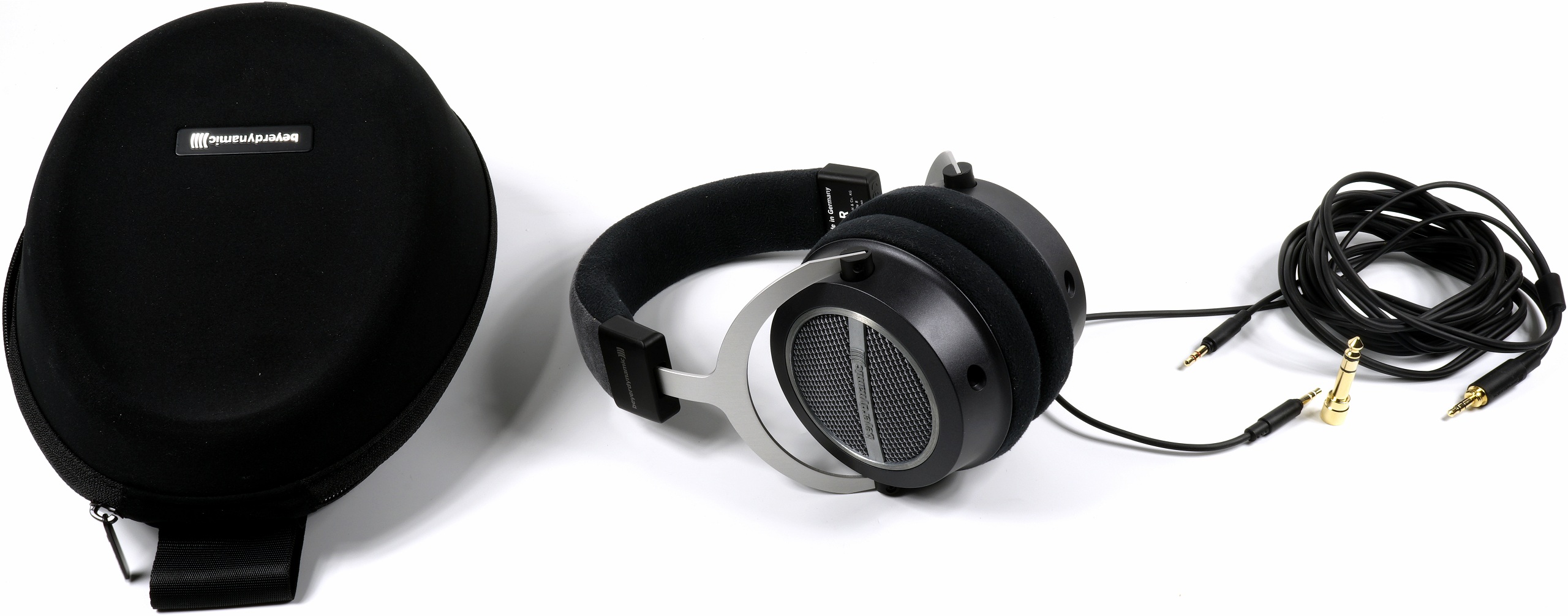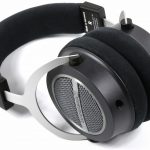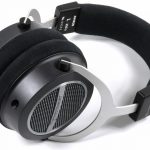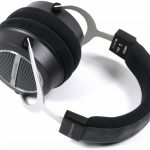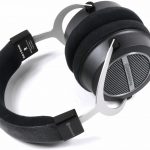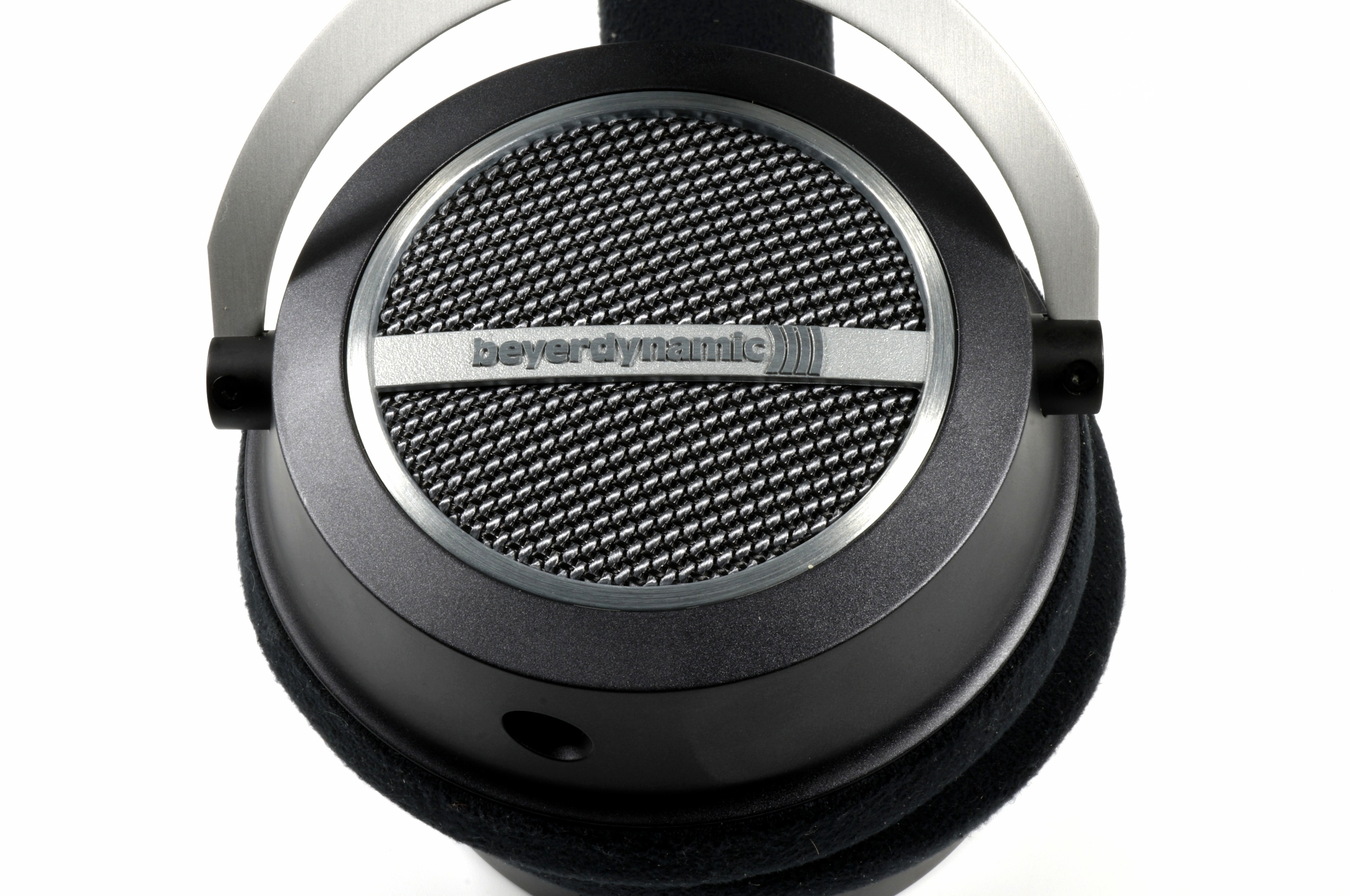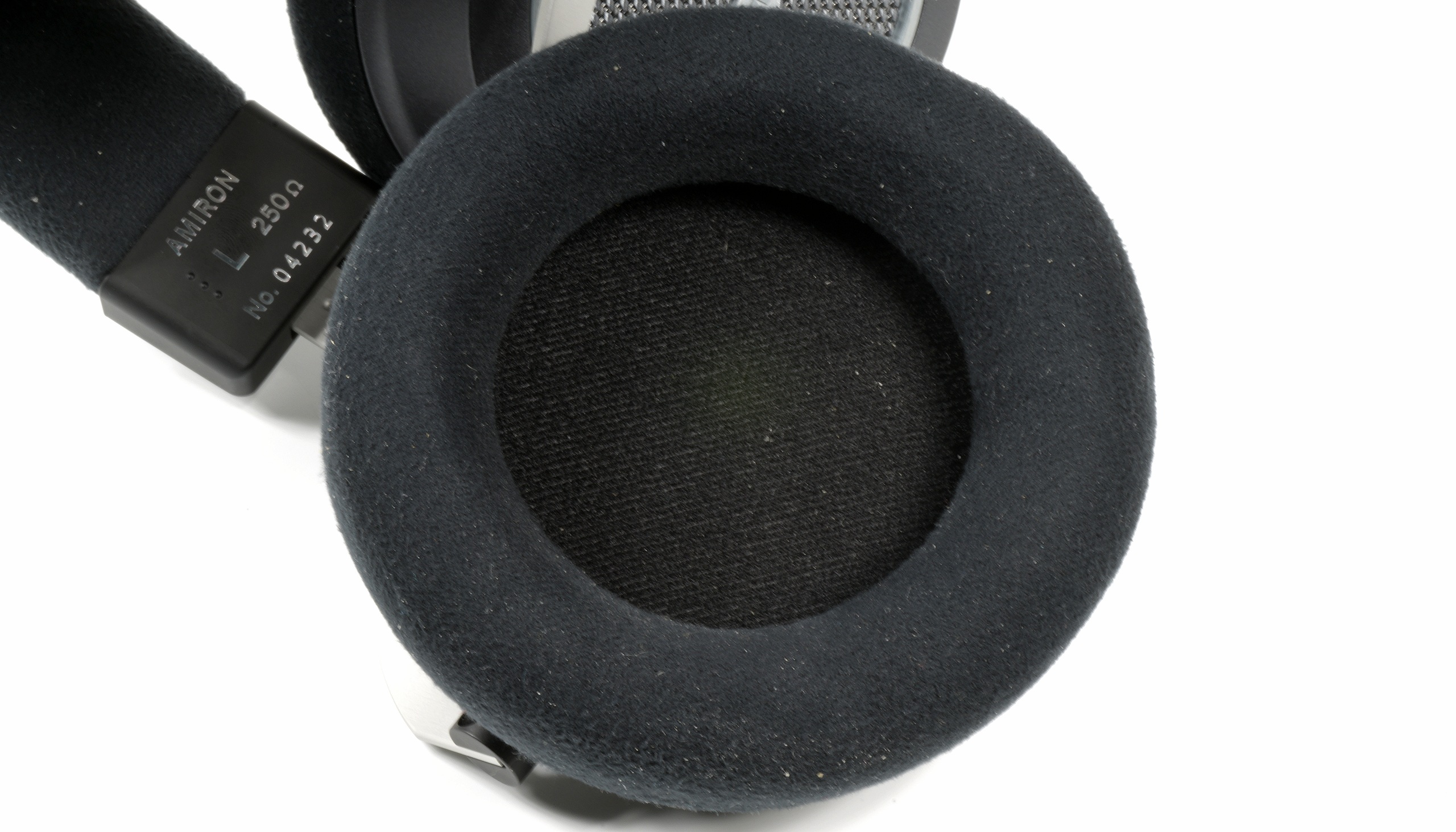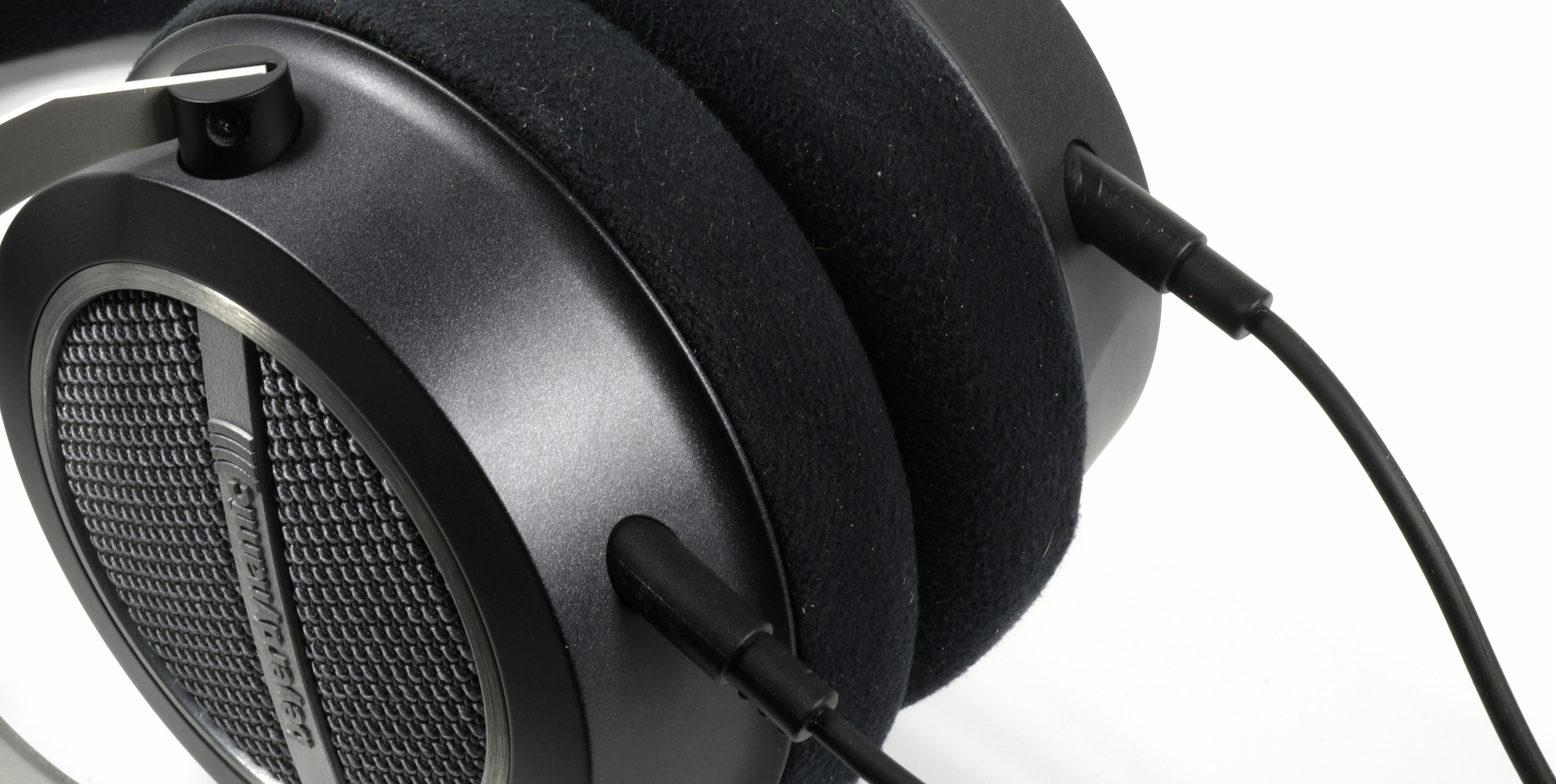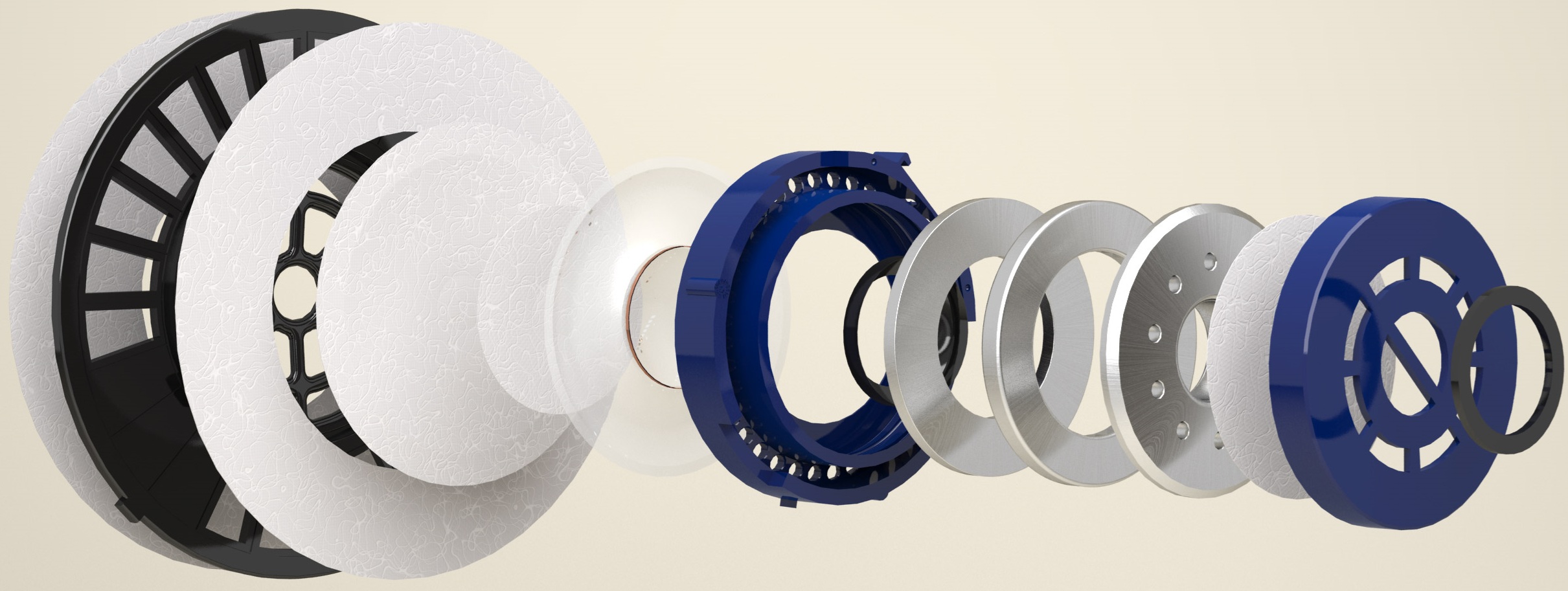Important preliminary remark: More accurate evaluation of the measurements
First of all, I have to put forward something that has been close to my heart for a long time. The measurements i make here in the studio and whose curves I have always smoothed to half an octave for a better understanding of the core message about so many "consolations" simply do not do justice to such headphones as these top models. Especially in the border area between ingenious and priceless, the differences with smoothing are almost completely blurred. But then you can leave something like that out right away.
So from now on I will continue with the evaluation and display methods used here and now, but I will also leave more verbal information for the inclined reader on the curves, which will also contribute to better comprehensibility. . This will be necessary so that we can really see what we are hearing and what we are hearing in the future. if you are not completely deaf. This is also pre-existing for an article that we will publish in the next few days and where I will go into these details in more detail. And now back to the headphones…
In the review: Beyerdynamics Amiron Home
Let's return to the test of the Amiron Home. The fact that Beyerdynamic breaks with the old name scheme here and deliberately names the good piece with the Tesla driver instead of running the T (for Tesla) in the name nomenclature is accustomed, but you will probably survive it. So the T-90 successor may be called right again, why not? The design has been screwed in the same way as the sound. But why didn't I choose a much more analytical DT 1770 Pro or DT 1990 Pro, both of which are priced in roughly the same league?
To answer the question, I have to be personal. First and foremost, I am a pleasure person. So an eye, ear and taste person, who often enough likes to pick out what is still most closely suited to his own well-being. The Amiron Home does not have (at first listening impression) such an overly wide stage, where one thinks to be stuck with one's head in the middle of the orchestra and to be able to look at the first violin in the neckline, but one very similar to the normal listening positions. Let's call it sitting in the front row.
Secondly, the Amiron proved one thing during the longer rehearsal with all three listeners: he does not annoy with intrusiveness or excitement. And no, I don't want to mix or evaluate individual sources, but to listen to music relaxed and appropriately. also play a game on the PC, because that's exactly what the Amiron Home does. For hours, without even being annoyed mechanically and acoustically. In the end, I also bought the part so as not to have to verbally get into any kind of suspension during tests, because I will use it for all tests as a kind of "quasi-reference" in the future. He can play music, gaming and that for a long time. It's all-round for my general use simply an ideal hi-fi headphones for home and the lab (and pretty much anything that can happen there).
There is no need for discussion with accessories, because there is a hard case, a approx. 3.1 meter long, symmetrical connection cable and a 6.3 mm jack adapter for the normal 3.5 mm box plug. Many people could have put a lint roller on it for the ear pads, but I'll come back to that in a moment. What I miss was a manual with the exact instructions on how to change the ear pads most stress-free.
Optics, haptics and functionality
There is no root wood, but metal, neat and silk-matt-like plastic, as well as a pinch of optical retro feeling for free. The ear cups are now much flatter compared to the T 90, but the usual ironing construction is the same as ever. This is also a good thing, because the seat and the wearing comfort of this joint solution (only on the horizontal level) in combination with the very flexible handle know how to please in every respect.
The covering of the handle also leaves nothing to be desired in terms of comfort, but unfortunately it can no longer be removed. In private, I consider this to be a huge shortcoming, because in the long run this will actually have to be done for hygienic reasons. There is probably only a sponge with soap foam over the ear cups covered with a bag of splash-tight. Not elegant, but at least an emergency solution. Only those who rely on longevity and choose such material simply have to think ahead.
Speaking of retro feeling: you can love it or hate it, I like it now, even if I consider the T 90 to be a design masterpiece and the current interpretation misses the uniqueness a little. The fact that one takes a look at the zeitgeist here, instead of looking for a rather independent play of forms, is regrettable, but also much more risk-free and thus understandable. You won't be able to change it, but it doesn't look that bad in the end.
The ear pads of the open over-ear headphones still wear neatly, but the upholstery is no longer as homely soft as with the T 90, but rather tight. Personally, this does not bother me, because the wearing comfort definitely does not suffer, but the sound stability clearly gains. The deep immersion in Grandma Hilde's sofa has finally been eaten. You can leave it that way and it was even overdue. The mix of microfiber and alcantara can be just as pleasing, but the lint and crumbs now stick to the material like parched ticks in the blood rush.
The quilted seam is neatly hidden, only the weight loss or The re-insertion of the upholstery is not for tender minds, fiddly and connected with a lot of power. Unfortunately, there is also no alternative covering with which one could have adjusted the sound characteristics oneself. So you just have to live with what you get in the original.
Connection
The principle is as simple as it is good, because Beyerdynamic happily relies again on a symmetrical cable, i.e. one plug per shell. These 3.5 mm sockets are quite tight, so you should really push the plugs in until the stop, otherwise the whole thing stays silent like a fish. You can't make any mistakes, because not only the sides of the handle are labeled with L and R, but the plugs are also. But you should take a closer look.
The e-off of the cables happens slightly tilted forward, which is not a leg break. As a gamer, you can of course also reverse the fun and guide the cable around behind your back. You can simply change the sides of the plugs if you put the headphones on the other way around. In addition, the cable with over 3 meters is also long and flexible enough for such gimmicks. Everything does not detract from comfort, no matter in which constellation. It is also good that the cables produce barely audible noises on the headphones.
The manufacturer gives a weight of 340 grams net without cables, the laboratory scale means 342.7 grams. At last, the value of a manufacturer is pretty much in line with reality and, if I'm to be honest, the felt weight is at perhaps the half, depending on the ironing voltage, because of the really high-comfortable seat. You can keep this upside down for hours and even forget that you have headphones on. It's hardly any better.
The Tesla Drivers of the Amiron Home
If you compare the Amiron Home with the T 90, then something has happened not only in the design. The drivers have also been significantly revised, which you can't see from the outside. The whole thing is known as "Tesla", whereby the drivers are of course meant here. What also differs is the fact that the T for Tesla no longer appears in the product designation. The so-called Tesla drivers are defined by a very specific selection of materials and, of course, primarily by the structure and, of course, the production here in Germany.
Now let's look at the exploded graphic of one of the drivers. What always stands out with the Tesla driver is the typical all-metal housing, which suppresses any resonances and allows the vibrating or swinging to individual components. Thus, this acoustic full-shell bullet is the death of any resulting sound distortion, at least in theory. As far as practice is concerned, we still have this point ahead of us, also in the form of a newly recorded measurement, which has yet to prove it. The calottes consist of a multi-layer composite material (compound), have been extended by an additional layer of tissue to reduce high-frequency resonances and flow in the middle into the coil body protruding to the back.
Where with normal head hearings in the middle the usual neodymium magnet sits inside this coil and thus also its size and thus the strength are physically limited, the magnet sits on the outside of the Tesla driver ring-shaped around the coil. This ensures a much stronger magnetic field, which of course has a positive effect on the achievable levels and the resulting lower susceptibility to clattering. In addition, the driver housing of the Beyerdynamic Amiron Home has now also been damped on the rear.
Before we move on to the measurements and the sound check, let's quickly read the mandatory table with the technical data:
| Headphones |
|
|---|---|
| Driver | 45mm Tesla Driver |
| Impedance | 250 Ohm |
| Sensitivity to know | 102 dB/1 mW at 500 Hz |
| Frequency range | 5 x 40000 Hz (manufacturer's specification) |
| Thd | < 0,05% |
| Noise level | 102 dB (1 mW / 500 Hz) core sound pressure level, 125 dB (200 mW / 500 Hz) maximum |
| Specifics | Over-ear principle, open |
| Other |
|
| Connection type | 3.5 mm jack, symmetrical single connection per shell, 3.1 meter cable |
| Volume | None |
| Compatibility | 3.5 mm jack outputs with higher power/voltage, suitable for high-impecoth headphones (gain) |
| Weight | 342 grams |
| Dimensions | No details |
| Price |
from approx. 540 Euro road price (599 Euro RRP) |















